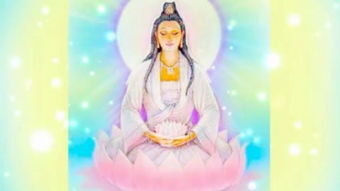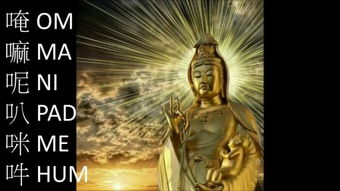
Understanding the Significance of “Om Mani Padme Hum”: A Detailed Exploration
Have you ever stumbled upon the phrase “Om Mani Padme Hum” and wondered what it means? This mantra, which is of Tibetan origin, holds immense significance in Buddhism and is considered one of the most powerful mantras. In this article, we will delve into the meaning, history, and various dimensions of this mantra, providing you with a comprehensive understanding of its significance.
What is “Om Mani Padme Hum”?

“Om Mani Padme Hum” is a sacred mantra that translates to “Hail to the Jewel in the Lotus.” It is a Tibetan Buddhist mantra that is often chanted, meditated upon, and written in sand. The mantra is believed to have the power to purify the mind and bring enlightenment to the practitioner.
The Meaning of Each Word

Let’s break down the meaning of each word in the mantra:
| Word | Meaning |
|---|---|
| Om | It represents the universe and the ultimate reality. |
| Mani | It refers to a jewel or a precious stone. |
| Padme | It means lotus, symbolizing purity and beauty. |
| Hum | It is a form of respect and acknowledgment. |
When combined, these words convey the idea that within the lotus, which represents purity and beauty, lies a precious jewel, symbolizing the potential for enlightenment in all beings.
History and Origin

The “Om Mani Padme Hum” mantra has its roots in the Buddhist tradition, particularly in the Tibetan Buddhism. It is believed to have originated from the teachings of the Buddha himself. The mantra is associated with the bodhisattva Avalokiteshvara, who is known as the “Buddha of Compassion.” Avalokiteshvara is said to have vowed to save all sentient beings from suffering and to achieve enlightenment.
The mantra gained widespread popularity during the reign of the Tibetan king Trisong Detsen in the 8th century. It was during this time that the mantra was introduced to Tibet and became an integral part of the Tibetan Buddhist practice.
Practical Applications
Chanting the “Om Mani Padme Hum” mantra has several practical applications in Buddhism:
-
It helps in purifying the mind and cultivating compassion.
-
It aids in meditation and deepening one’s spiritual practice.
-
It is believed to bring good fortune and protection to the practitioner.
-
It is a form of devotion and respect towards the Buddha and his teachings.
Symbolism and Art
The “Om Mani Padme Hum” mantra is often depicted in art and architecture, particularly in Tibetan Buddhism. It is commonly found on prayer wheels, thangkas (Tibetan paintings), and statues of Avalokiteshvara. The mantra is also inscribed on stones and sand, symbolizing the continuous practice of compassion and enlightenment.
The mantra’s symbolism is further enhanced by its association with the lotus flower, which represents purity and the overcoming of obstacles. The jewel within the lotus symbolizes the potential for enlightenment that lies within all beings.
Conclusion
“Om Mani Padme Hum” is a powerful mantra that holds immense significance in Buddhism. Its meaning, history, and practical applications make it a valuable tool for spiritual growth and enlightenment. By understanding the mantra’s depth and symbolism, one can gain a deeper appreciation for the teachings of the Buddha and the path to enlightenment.




